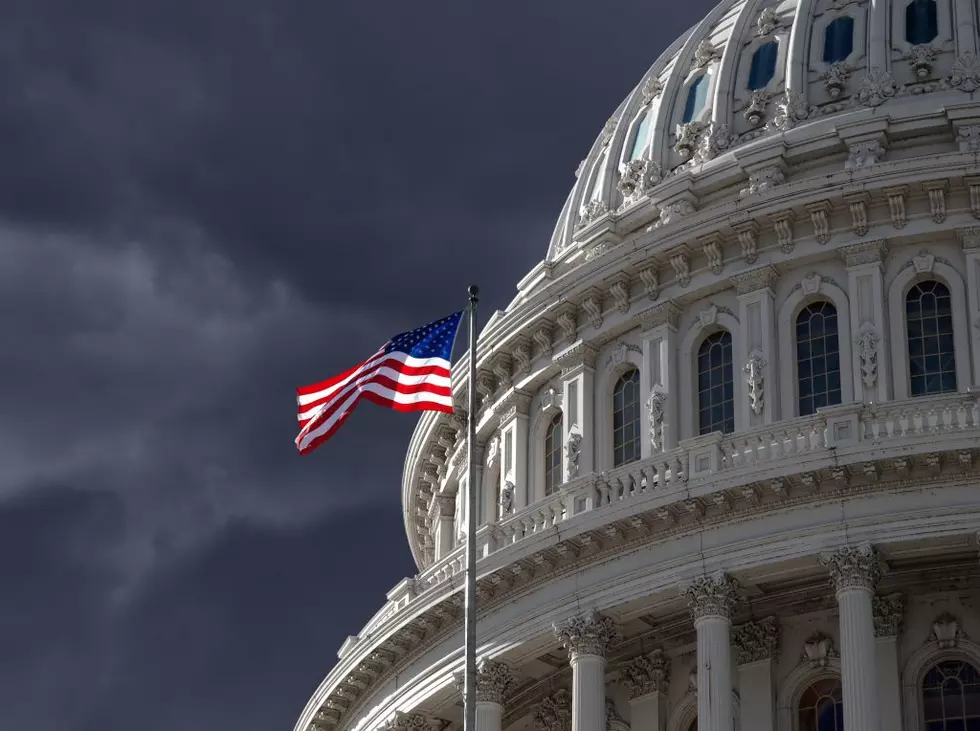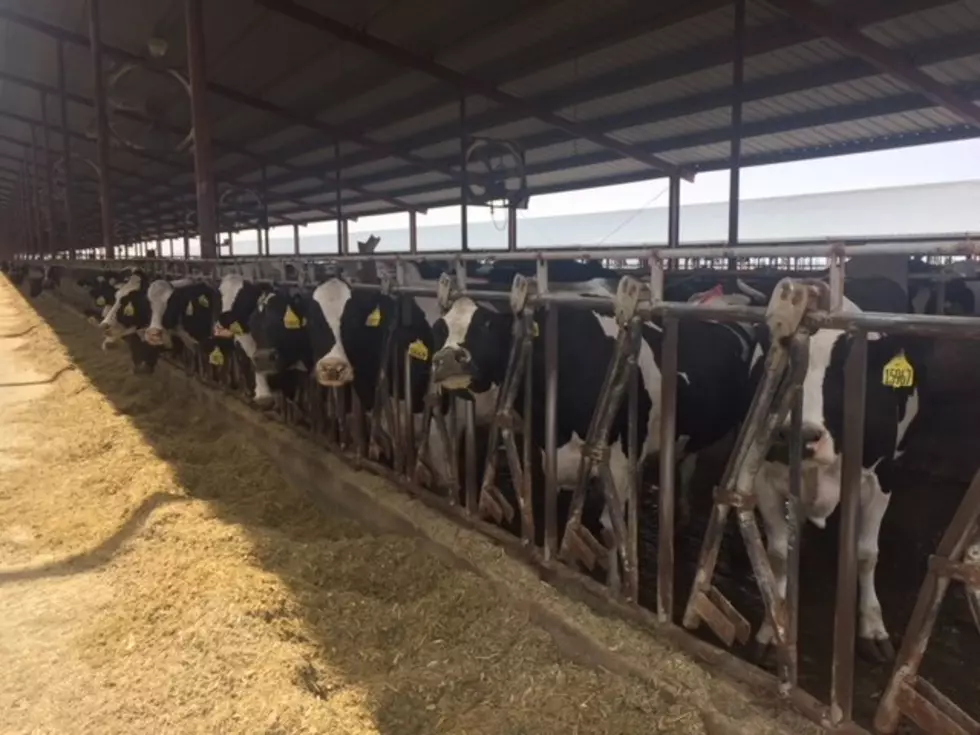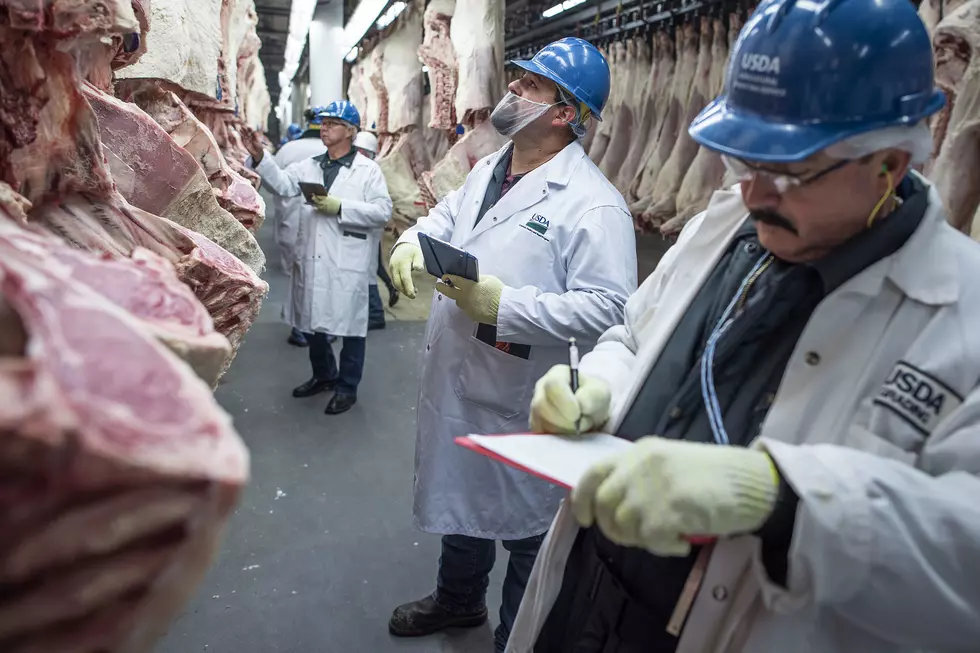
Ag Community Continues To Wonder What’s After Phase One
The Phase One Trade Agreement between the U.S. and China has, for the most part, been good for American agriculture and the overall U.S. economy.
How good?
The U.S.-China Business Council says America’s exports to China in 2020 surged by $18.5 billion, an 18% gain over 2019. Doug Barry, director of communications for the council, said the end of the agreement approaches in 2022, China is still buying a large number of goods from the United States.
“Last year, goods exported to China were up 18%, and it looks like they're at least that for the first six months of 2021 and maybe even a couple of percentage points higher. So, the good news is that China is still buying a lot of things from the United States, and among those things are agricultural products, particularly grains but also beef and pork, from those states that produce those meats.”
With no new agreement on the horizon, Barry says the U.S. agricultural sector is understandably nervous.
“They're wondering if these good times will continue to roll, and it's up in the air because there aren’t any negotiations for a continuation of phase one or some other kind of agreement where China will continue to buy large quantities of U.S. agricultural products. On the upside, even though there's no agreement, and the current agreement ends at the end of January, which is on the downside, the upside is that China has had some bad harvests of their own, and they've had some miserable weather and flooding and, as a result, there were news reports over the past couple of days indicating that the Chinese government was encouraging consumers to stockpile food and other necessities for what is expected to be in long, cold winter.”
If you combine China’s cold winter weather with more potential supply chain disruptions, Barry said that likely means more Chinese agricultural purchases even after the agreement officially ends. He says it’s important for both countries to get back to the negotiating table and resolve their differences.
“Our members have been pushing, which includes some Ag sector companies, the administration to get rid of, permanently, many of these tariffs. That doesn't appear to have moved the decision-makers a great deal, because they keep saying to us, like USTR Ambassador Tai, that the administration needs those tariffs as leverage to make sure that China fulfills 100% of its commitments in all the areas that are covered by the agreement, and then, hopefully, it will lead to the second round of discussions where they'll talk about, and hopefully resolve more thorny problems.”
Those problems include the large subsidies that the Chinese government provides for its state-owned companies. There appears to be some momentum building for the presidents of both China and the United States to meet this year and talk through at least some of those issues.
“The hope is that there will be some discussions. There could very well be a summit meeting between the two presidents, President Xi and President Biden, before the end of the year. It appears that there is an agreement in principle that they will meet, probably virtually, but it'll be more than just an hour phone call; it would be a fairly-serious and wide-ranging talk.”
If you have a story idea for the PNW Ag Network, call (509) 547-1618, or e-mail gvaagen@cherrycreekmedia.com
More From PNW Ag Network









